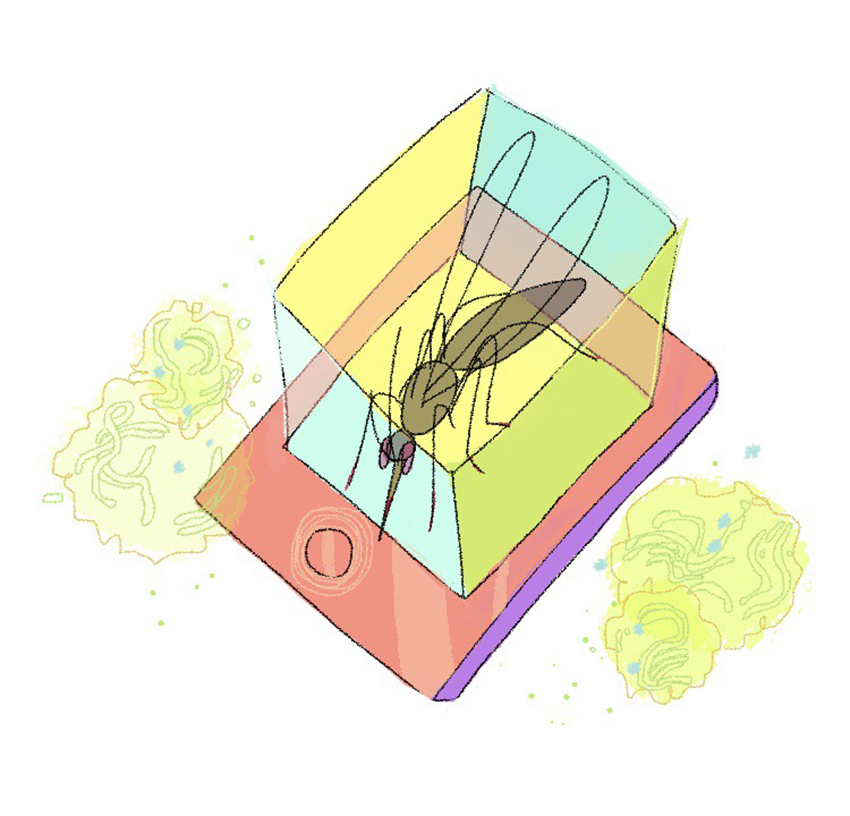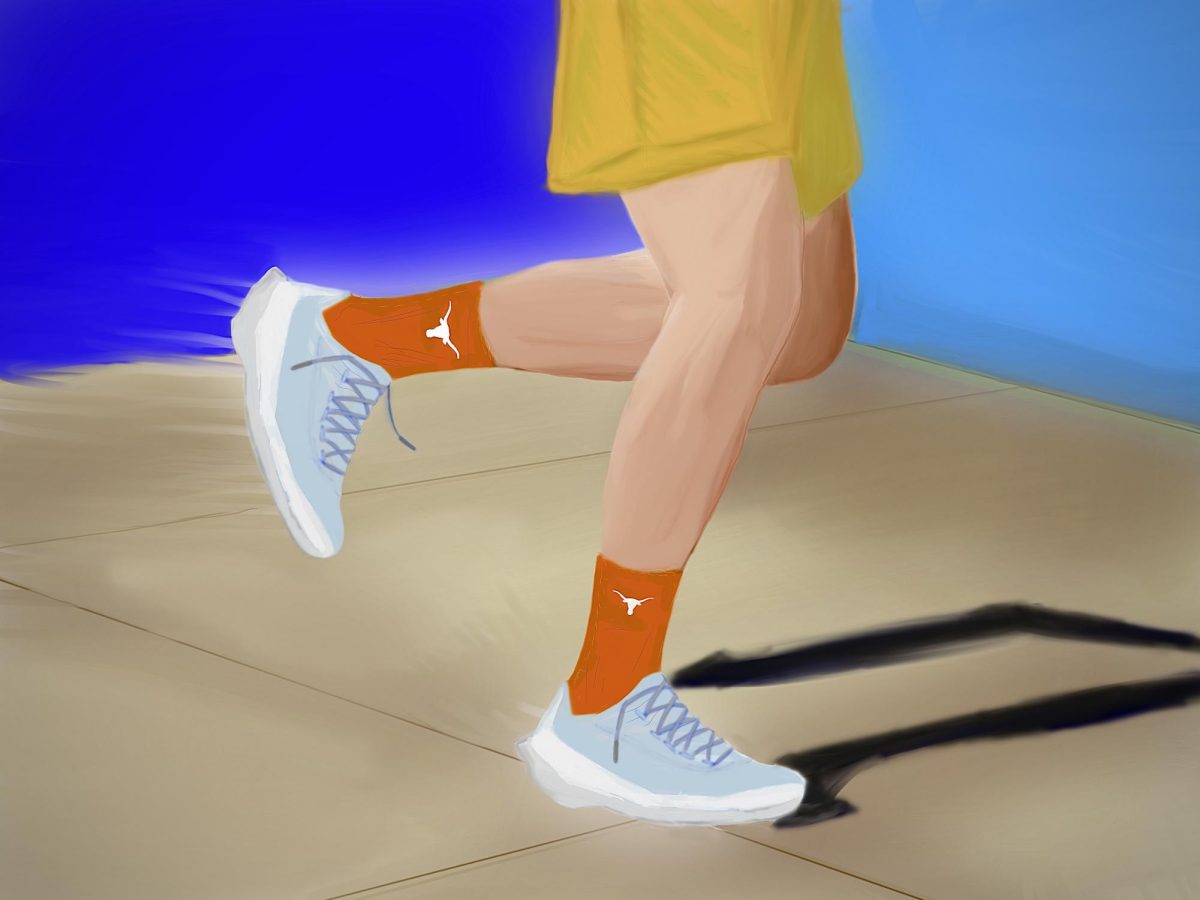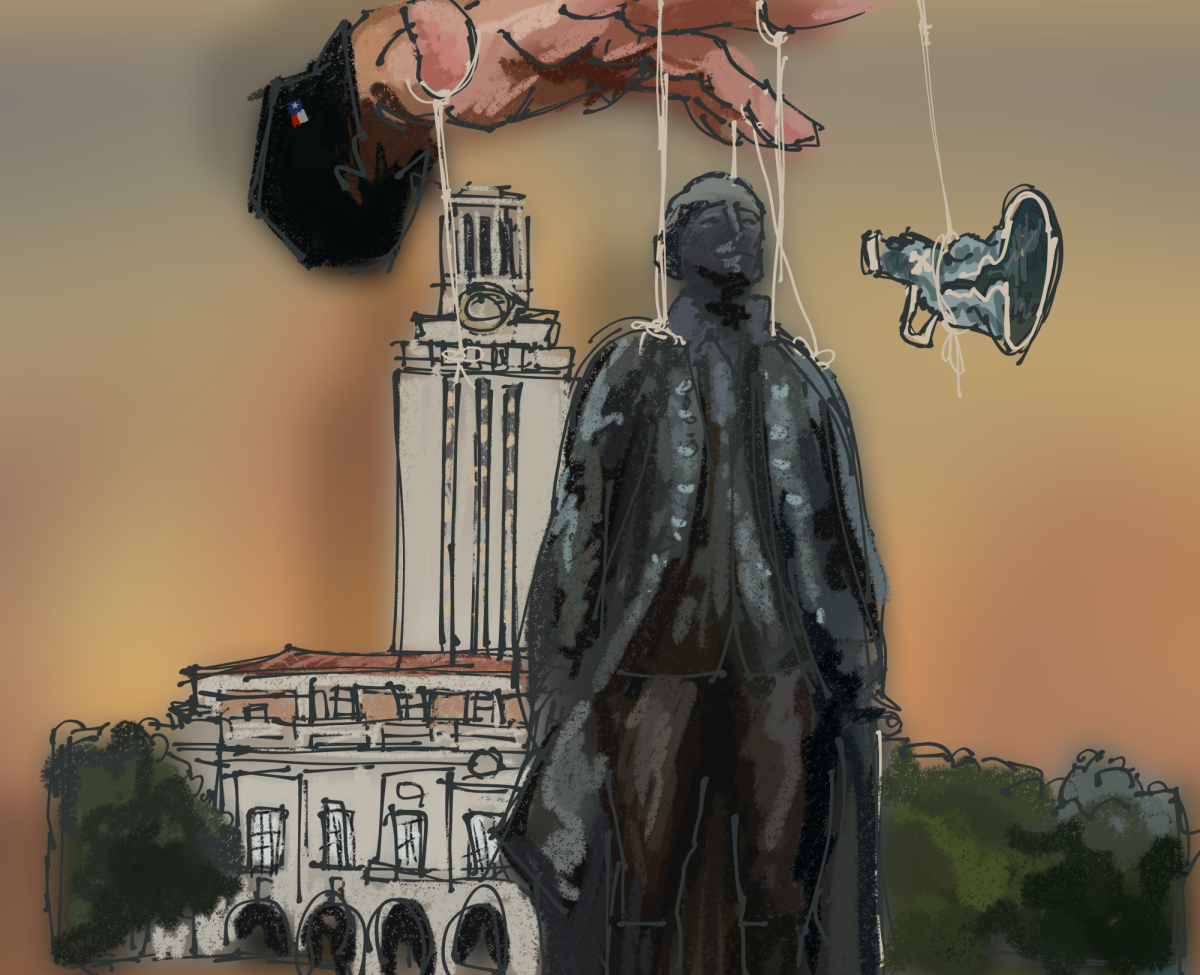After so much rain, it’s finally bright and beautiful at UT — yet so many students remain cooped inside all day.
One of the biggest drawbacks to studying outside of a cafe or casually enjoying the nature is an ever-present flying parasite — mosquitoes.
Mosquito populations fluctuate, but in Texas, they are most prevalent from February to the end of September. Rainy weather also spikes mosquito populations as mosquitoes tend to dwell near bodies of water, such as rain puddles and of course larger bodies of water like Waller Creek on San Jacinto Boulevard.
Hot temperatures and humid skies lend students to frequently wear short shorts and T-shirts that expose skin to mosquitoes on the hunt. While no exact numbers exist on UT mosquito populations, students and faculty alike agree that mosquito bites are inconvenient and an overall nuisance.
Lilli Bennett, a textiles and apparel freshman, said she deals with mosquito bites on her walk to and from class every day and while exercising outside.
“I’m usually out walking because you have to walk everywhere on campus,” Bennett said. “On my way back from my 9 a.m. class, I already got bit four more times.”
Other than being annoying, mosquitoes also transmit serious diseases such as West Nile, Zika and Chikungunya viruses.
With so many mosquitoes in the air, there must be a way to better protect students. UT needs to address its mosquito problem and explore options to provide accessible insect repellent around campus.
More students like Bennett walk around campus between classes, and many face the same problem. Studying or working outside is also difficult without proper insect protection.
“I’ll go back inside if I’m getting bit by mosquitoes,” Bennett said.
University Health Services recently placed six sunscreen dispensers around Gregory Gym and sports complexes while also planning to add one at the Student Activity Center to offer students protection from UV radiation. A large monetary grant, skin cancer research and a national study on college student sunscreen use led to this feat.
There was a solution for accessible sunscreen, so there can be an insect spray solution too. Like sunscreen dispensers, UT could station bug repellent dispensers in high-traffic areas. These dispensers could be located outside the Student Activity Center and Student Union patio, as well as along Speedway, the Tower and other places students frequent.
Although the UT Health Services refused to be interviewed on the record about this, UT needs to take on this project and protect students from mosquitoes.
Additionally, more data would help identify ideal locations for dispensers based on student needs. Student surveys and further bite frequency studies would prove the prevalence of the mosquito bite problem and could also help map the logistics of a solution.
UT organizations or departments must work to create a mosquito-free environment, starting with accessible insect repellent at necessary locations.
Besides, it wouldn’t bite UT to provide some bug spray on campus.
Mathavan is a business honors freshman from McAllen.





















